After years of recovery, we can say that the Mobile World Congress (MWC) is back. Yes, this year we see more manufacturers than ever pushing the boundaries of smartphone innovation. In some cases, these are finished products that will arrive in customers’ pockets very soon. And then there are the concepts, ie proposals that simply give us a glimpse of the future, but which never fail to intrigue.
We’ve listed the most exciting smartphones announced so far at MWC below, including foldables, rollables, and, yes, concept smartphones.
OnePlus wins the award for the “coolest” smartphone
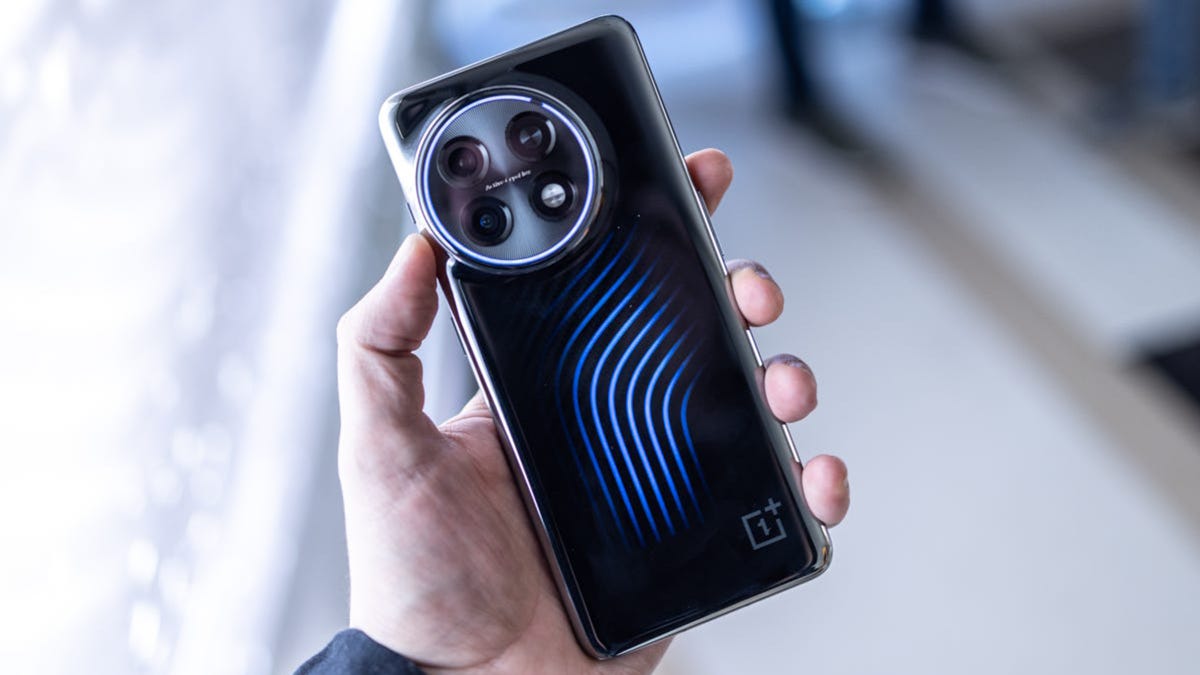
Andrew Lanxon/CNET
The latest OnePlus 11 Concept might just be the most practical and realistic concept phone we’ve seen so far. As early teasers suggested, the version shown at MWC features an Active CryoFlux cooling system, designed to dissipate heat and improve gaming performance.
Blue cooling pipes (pictured above) are housed between the transparent rear cover and the internal components that power the phone, including the Qualcomm Snapdragon 8 Gen 2 chipset. OnePlus claims this concept can reduce framerate loss (three to four frames per second) and the temperature up to 2 degrees during gaming sessions.
The Active CryoFlux system also prevents the smartphone from overheating when charging. Considering that the OnePlus 11, on which this concept is built, supports fast charging up to 100W, the heat reduction is a nice bonus.
Why isn’t it called Moto-roulla?
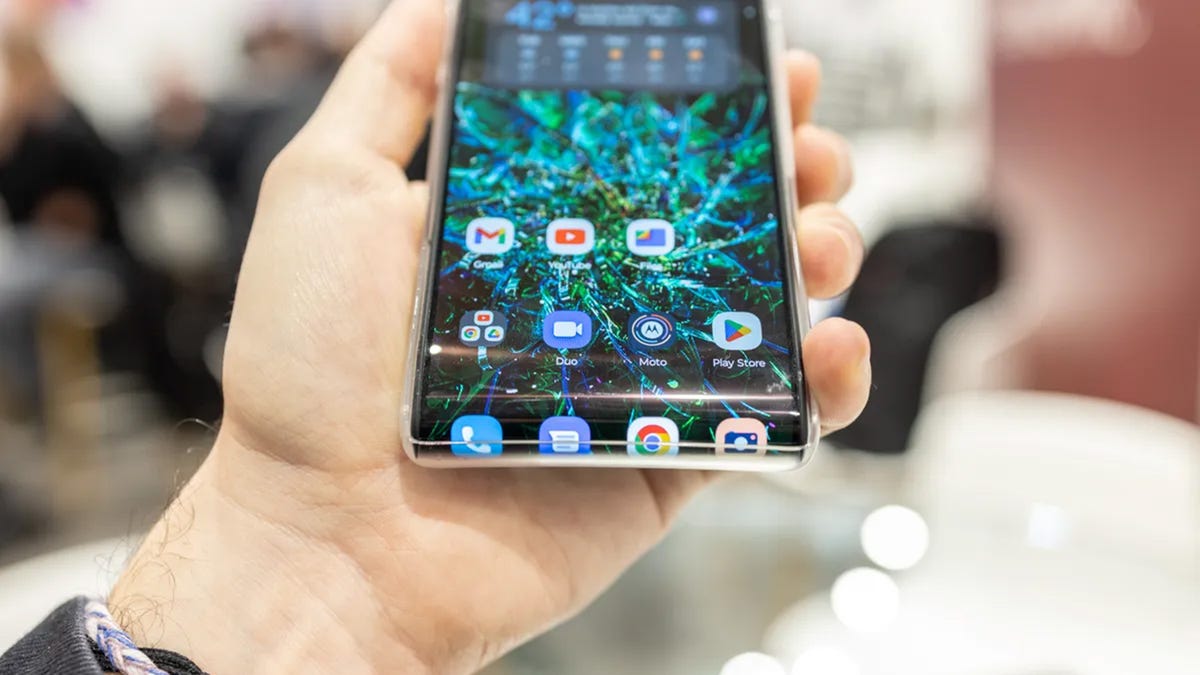
Andrew Lanxon/CNET
Yes, it’s foldable devices that have been in the spotlight for the past few years. As a result, roll-up devices have often been forgotten. Manufacturers usually present these prototypes in the form of a smartphone, laptop or TV at an annual trade show, whether it’s CES or MWC. But these concepts are then slowly buried by the news of ready-to-market products.
Still, there’s a charm about a rolling screen that the more powerful foldable can’t seem to replicate. The ability to expand or shrink a screen at the touch of a button is truly futuristic, and the sights are equally pleasing.
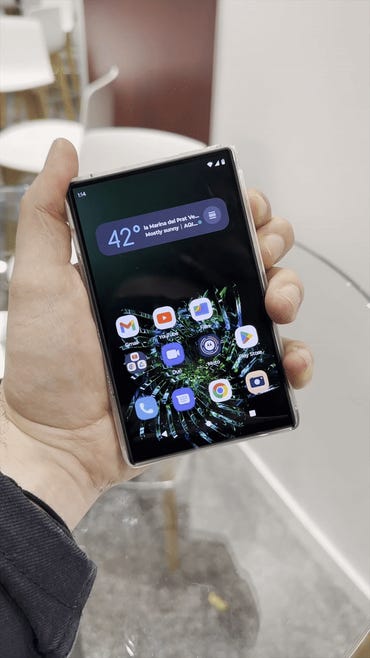
CNET
Here is the concept phone presented by Motorola during this MWC. Motorola didn’t reveal much in terms of the specs of the device, but the idea is pretty clear: the square screen can expand to a 16:9 aspect ratio with the press of a side button, allowing to watch media in a more convenient way and to have more surface for scrolling text. When not in use, the longer end of the display rolls down the phone and onto the back, acting as a viewfinder for taking selfies with the rear cameras.
As this is just a concept, we don’t expect the rollable phone to hit the market anytime soon. However, it’s promising to see how much thought Motorola puts into its MWC demo, and I wouldn’t be surprised if some of its technology is carried over into a future Motorola smartphone release.
Xiaomi ushers in the era of 1-inch camera sensors
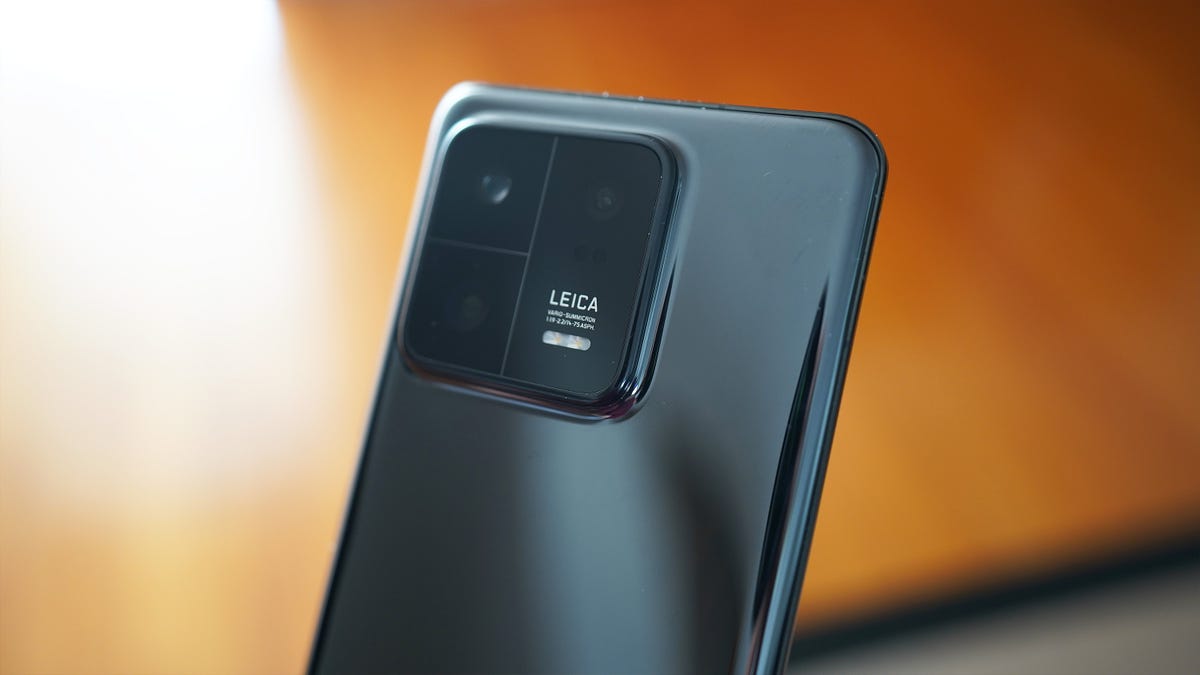
The Xiaomi 13 Pro has a larger bump to accommodate the one-inch photo sensor, designed in collaboration with Leica. June Wan/ZDNET
Chinese phone maker Xiaomi set the tone early on at MWC, announcing the global launch of the Xiaomi 13 and Xiaomi 13 Pro, both featuring a triple camera designed in collaboration with Leica, a large battery 4,500 mAh and 4,820 mAh respectively, and the latest Qualcomm Snapdragon 8 Gen 2 chipset. Naturally, much of the company’s keynote focused on the Pro model and its thumb-sized camera sensor .
This is not the first time that Xiaomi has put a large sensor in a smartphone. It did that with last year’s Xiaomi 12S Ultra and 12S Ultra Concept. While a “one-inch sensor” isn’t exactly the size of a thumb – there’s a full article explaining the origins of the term – it’s certainly larger than the typical smartphone camera and has two major advantages: the capture of light and a shallower depth of field.
With a larger sensor, the Xiaomi 13 Pro can capture more light and therefore produce more detail in both bright and darker environments than the average handset. Most users, however, will find more creative fun capturing portrait shots from both the prime and telephoto lenses. Thanks to the one-inch sensor, the 13 Pro produces a natural and enhanced bokeh effect even when you get closer to a subject, much like a portable camera. On a typical smartphone, you have to be some distance from the subject to get the same blurry, dreamy background effect.
Honor’s latest foldable device is full of magic
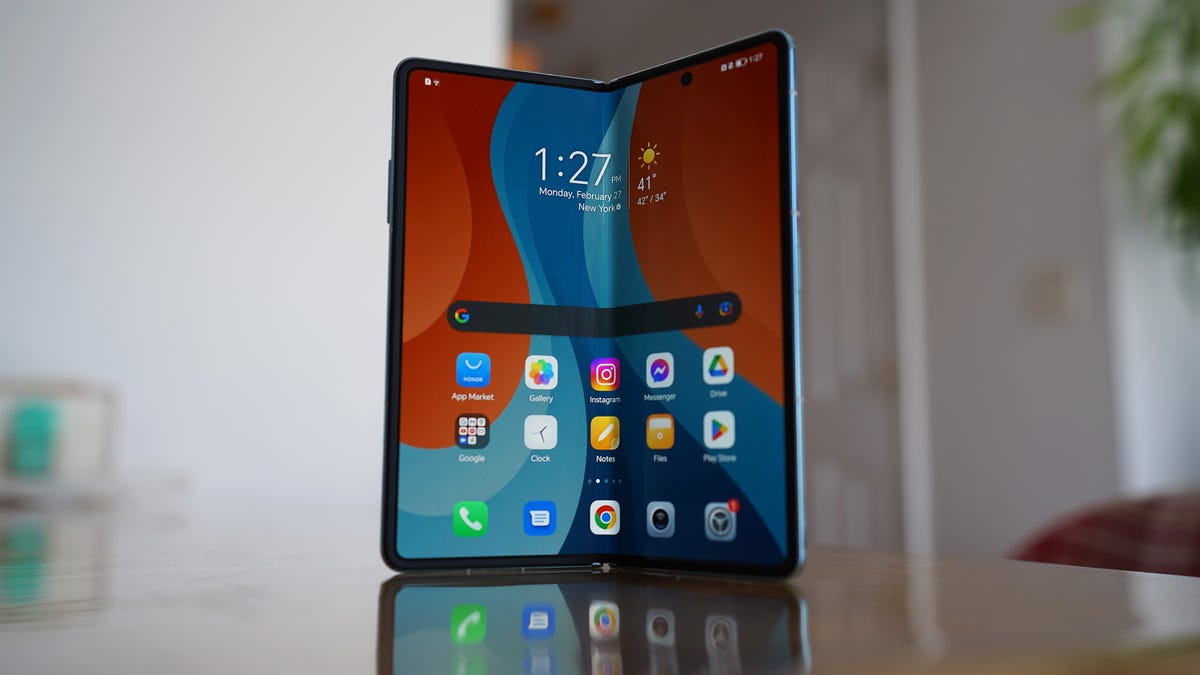
The Honor Magic Vs is one of the few non-US foldable devices to support Google services out of the box. June Wan/ZDNET
Samsung continues to dominate the foldable smartphone segment. But companies like Honor (previously owned by Huawei) are beginning to act to reduce the Korean giant’s market share. Honor’s foldable smartphone, the Magic Vs, will arrive in select markets from the second quarter of this year.
The Honor Magic Vs is a book-cover style foldable, meaning it expands from a smaller 6.45-inch screen, into a larger 7.9-inch tablet. Although both of these screen dimensions are larger than those of the Samsung Galaxy Z Fold 4, its main competitor, this smartphone is thinner and no space is left when the smartphone is folded. This form factor thus better prevents dust and debris from falling into the internal screen and damaging it.
Finally, Honor claims the Magic Vs can withstand 400,000 bends before the structural integrity of the display hinge deteriorates noticeably. For information, it is double the capacity of 200,000 folds of the Galaxy Z Fold 4.
Samsung beware, here is the Oppo Find N2 Flip
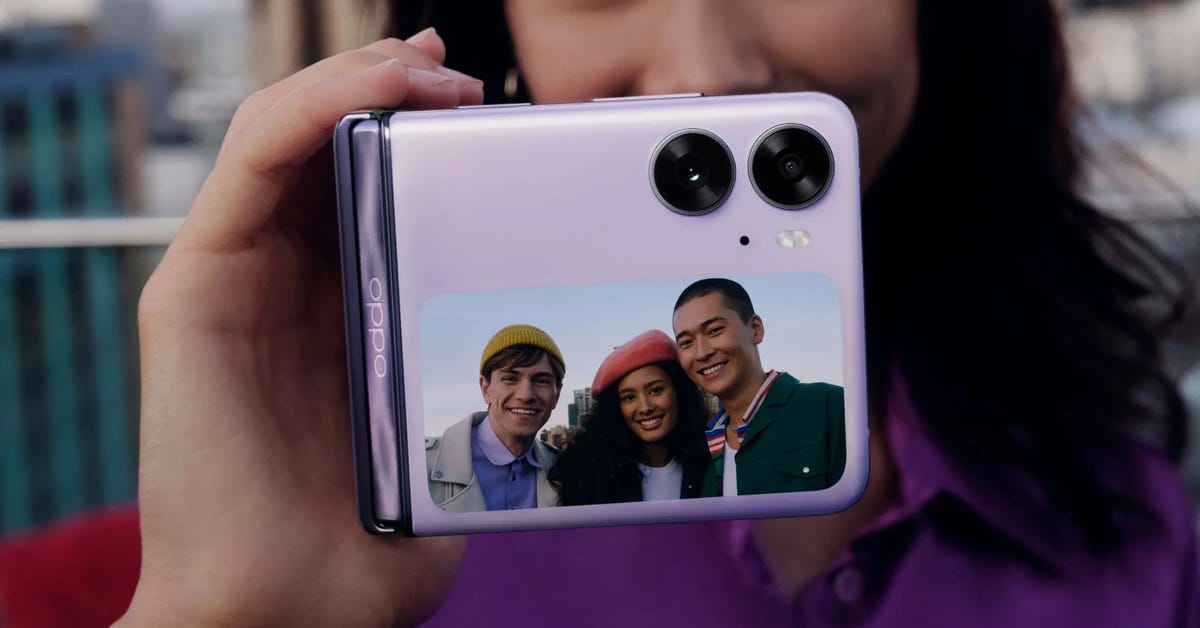
Oppo
ZDNET took a first look at Oppo’s Find N2 last February and listed several features that Samsung should consider in order to improve its own devices. With the recent announcement of the Find N2 Flip, it’s clear that Oppo is once again challenging the best in the industry. This time the Find N2 Flip goes up against Samsung Galaxy Z Flip 4, a popular clamshell foldable device.
The biggest difference between the two is the outer display, which is the display panel that both manufacturers designed for quick actions, one-handed toggles, and adaptive viewing capabilities. With the Find N2 Flip, Oppo has integrated a larger 3.26-inch screen (compared to 1.9 inches for the Z Flip 4) which, in the end, offers a larger display area when interacting with the smartphone. It also offers a better viewfinder when taking group shots (shown above).
One of the most common complaints about Samsung’s foldable devices is crease, or texture interference that forms when folding the glass display. Oppo claims to have solved this problem on the Find N2 Flip with its new hinge, a system that allows the internal screen to bend at a more rounded angle, creating a teardrop-shaped crease, which significantly reduces the formation of a fold.
Source: “ZDNet.com”
